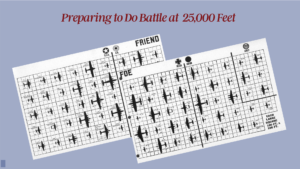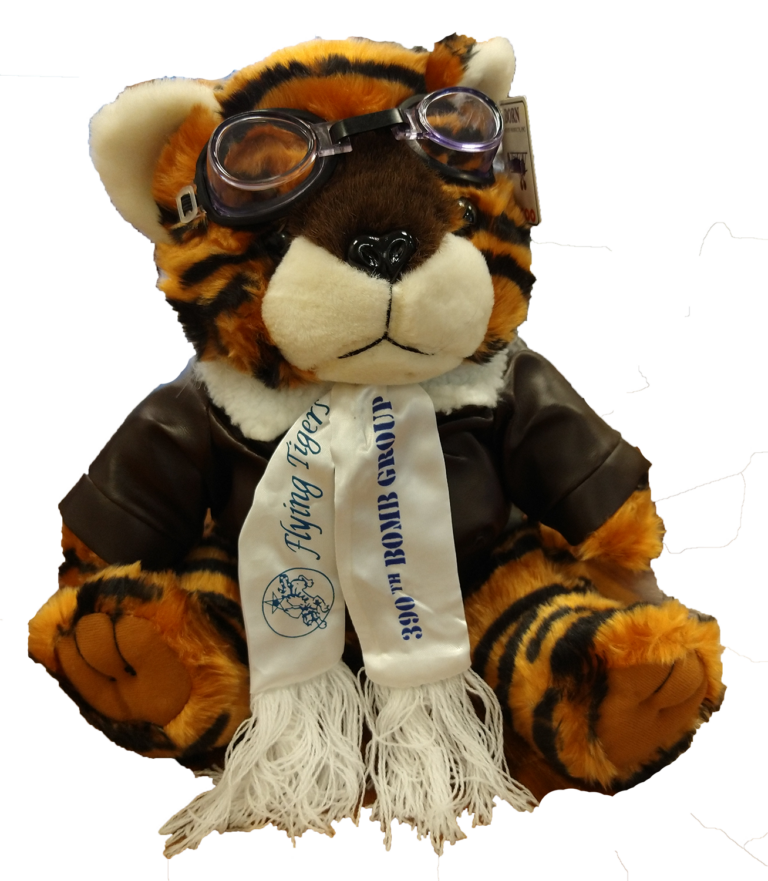Preparing to Do Battle at 25,000 Feet
About
Begin the Presentation
About
Click the Next Tab to Begin the Presentation

Begin the Presentation
Contributors
Thank you to the following people for supporting this exhibit:
Research & Development Staff
This exhibition would not have been possible without the support, actions,
research and generosity of 390th staff members and volunteers.
Thank you so much for your efforts!
Keith Cook
Kate Doak-Keszler
Lori McCoy-Forsythe
Andrew Radloff
Holly Santoro
Charles Wacker
Eileen Wood
IMAGE & INFORMATION SOURCES
The 390th would like to thank the following resources for sharing digitized objects and photos.
Each of these institutions has much to offer and our exhibit would not have been possible without their help.
CollectAir Friend or Foe? Museum
Imperial War Museums
Library of Congress Digital Collections
San Francisco National Maritime Park Association
National Archives & Records Administration
National Museum of the United States Air Force
Naval History and Heritage Online Library of Selected Images
Prtizker Military Museum & Library
Smithsonian National Air & Space Museum Collection
State Archives of North Carolina
UNT Digital Collections


